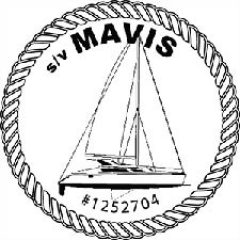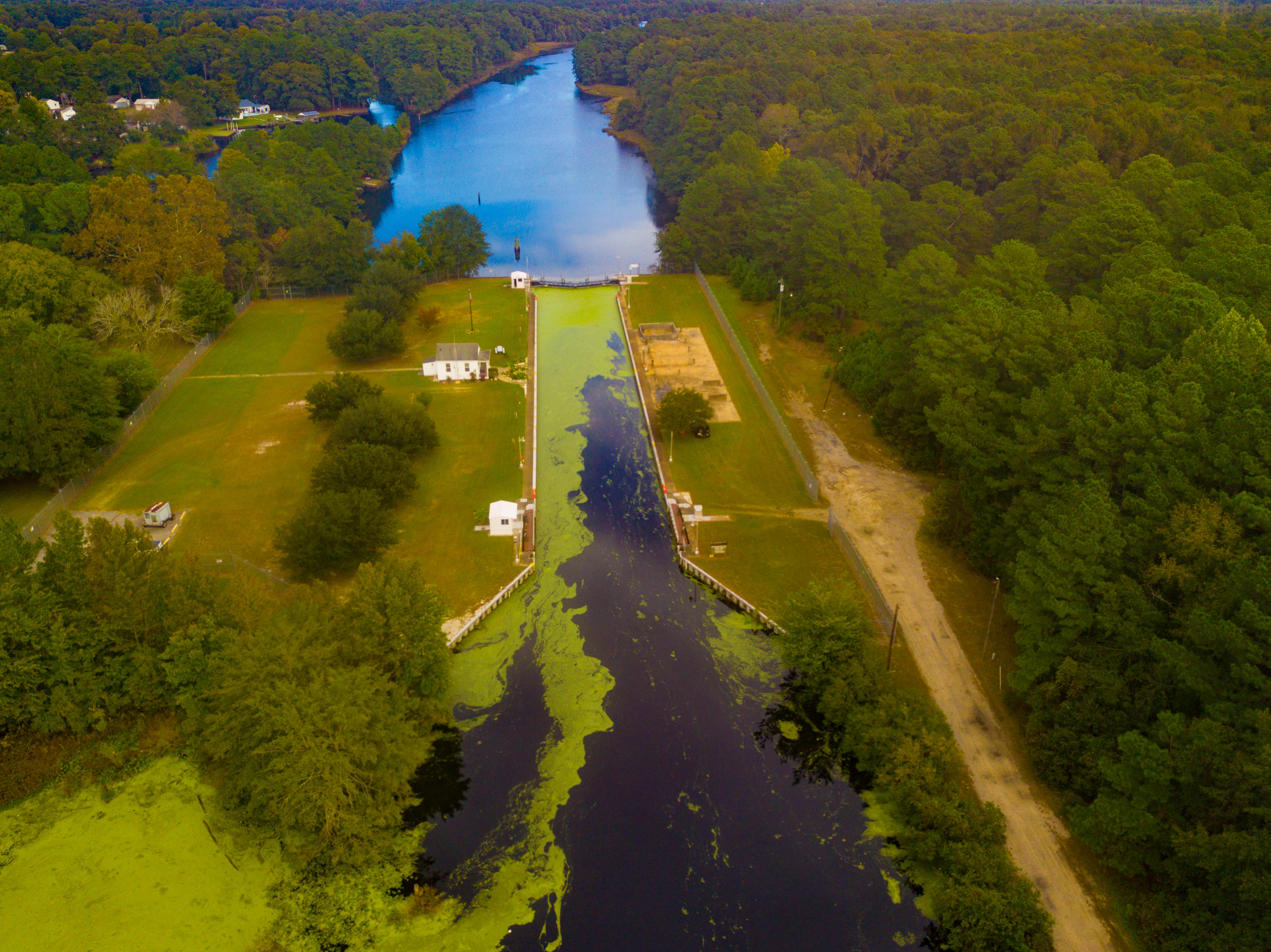
After leaving Norfolk we motored our way south on the Elizabeth River for a few miles on the ICW until we reached Deep Creek where you can elect to leave the main ICW route and take “Route 2” as it is referred to. “Route 2” takes you through the Dismal Swamp canal and the Pasquotank River and rejoins the primary route on the Alligator River south of the Albemarle Sound.
This was intended to be a post on our last few days of cruising through the beautiful Dismal Swamp and Pasquotank River but as I sit here to put some words together, I think our experience at the Deep Creek Lock warrants a post of its own.
We had heard about the beautiful scenic “Route 2” which is shallow and slower. As we were in no particular hurry, we elected to hang a right turn and head for the canal. We had never passed through a lock before and wanting to be sure we were there plenty early, we arrived at the lock a few hours before it’s first scheduled opening of the day… About a half mile before I arrived at the lock, a friendly voice hailed me on the radio to warn me about some shallow waters on the starboard side of the channel leading to the lock. This voice, I would soon learn, was the voice of Robert Peek the lock master at the Deep Creek Lock. Robert has a reputation amongst cruising sailors for being one of the nicest, warmest and knowledgeable people you will ever encounter and his reputation was spot on which is how I find myself dedicating an entire post to the short time we were with him.
We tied up to some pilings and waited for the lock to open. Robert, noticing Willow on the bow shouted over from up on the lock that once the lock opened there was a good spot on the starboard side to let the dog ashore. Then he saw us photographing a large Great Blue Heron. He shouted over “That’s Fred.” and he shouted us the story of Fred and his new girlfriend Wilma and how and why they range right by the lock the way they do.
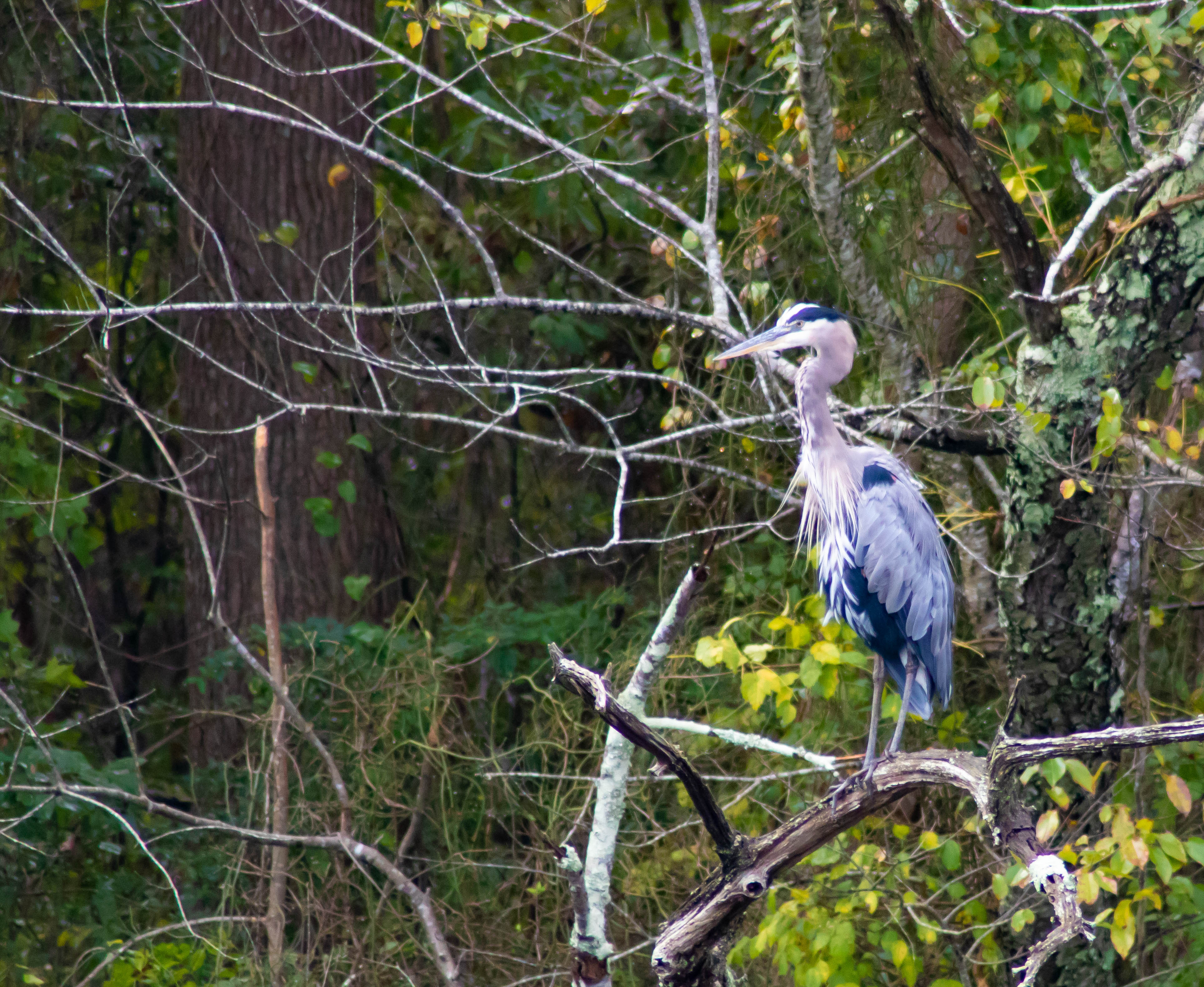
After a while, the radio cracked again with Robert’s voice. “Captain I’ll be opening the lock at 0830. Set up your lines on the starboard side and I do recommend fenders. When and only when you get the green light proceed into the lock about halfway through on the starboard side.” It was obvious that Robert had said this before.
The gates opened and we entered the lock and Robert appeared about 10 feet above hanging a boat hook down to grab the lines that would keep us in place during our trip up eight or so feet. The lock doors closed, the water began to rise and over the next 10 or 15 minutes or so we got to know a little about this interesting character.

As we slowly rose, the little lock house became more and more visible. There was a manicured little garden of tropical plants in front of the house and dozens and dozens of conch shells everywhere… In neat little rows, in piles and in stacks throughout the little garden and on the front porch of the lock house there were conchs. I later learned that boaters coming north from the islands bring conch shells to leave with Robert who is also renowned as a skilled conch musician.
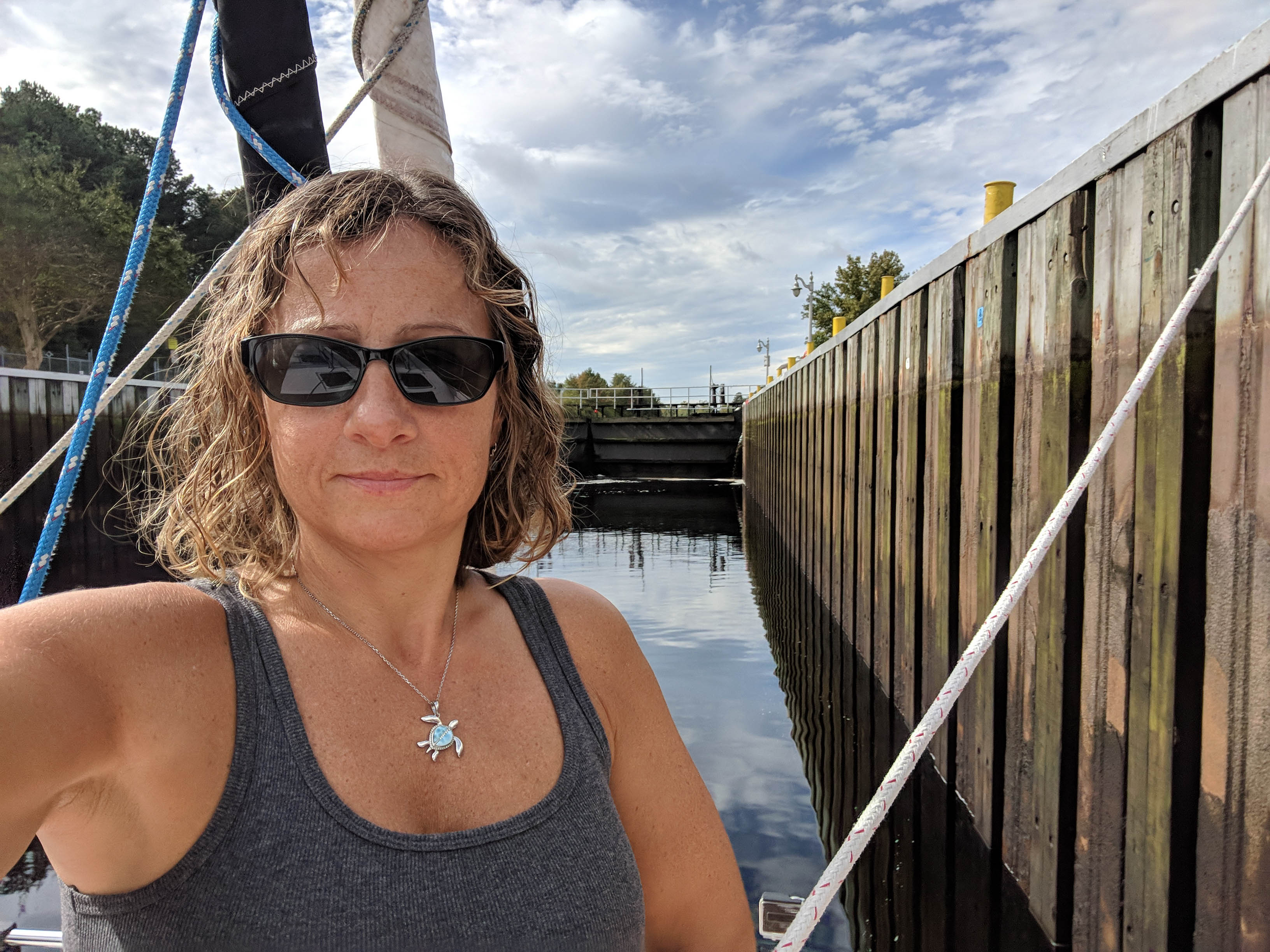
As the water filled up the lock, he played the conch for us and the other boat locking through with us. As we approached the top of the lock, he told us about a great place to stay. “After you exit the lock, immediately on your starboard side — and I do mean IMMEDIATELY you will find Elizabeth’s dock.” He said this by rote. He had likely said it thousands of times before. But his words still somehow felt genuine. Elizabeth’s Dock is a free dock and he recommended it as a great place to stay the night since we had told him we were in no rush.
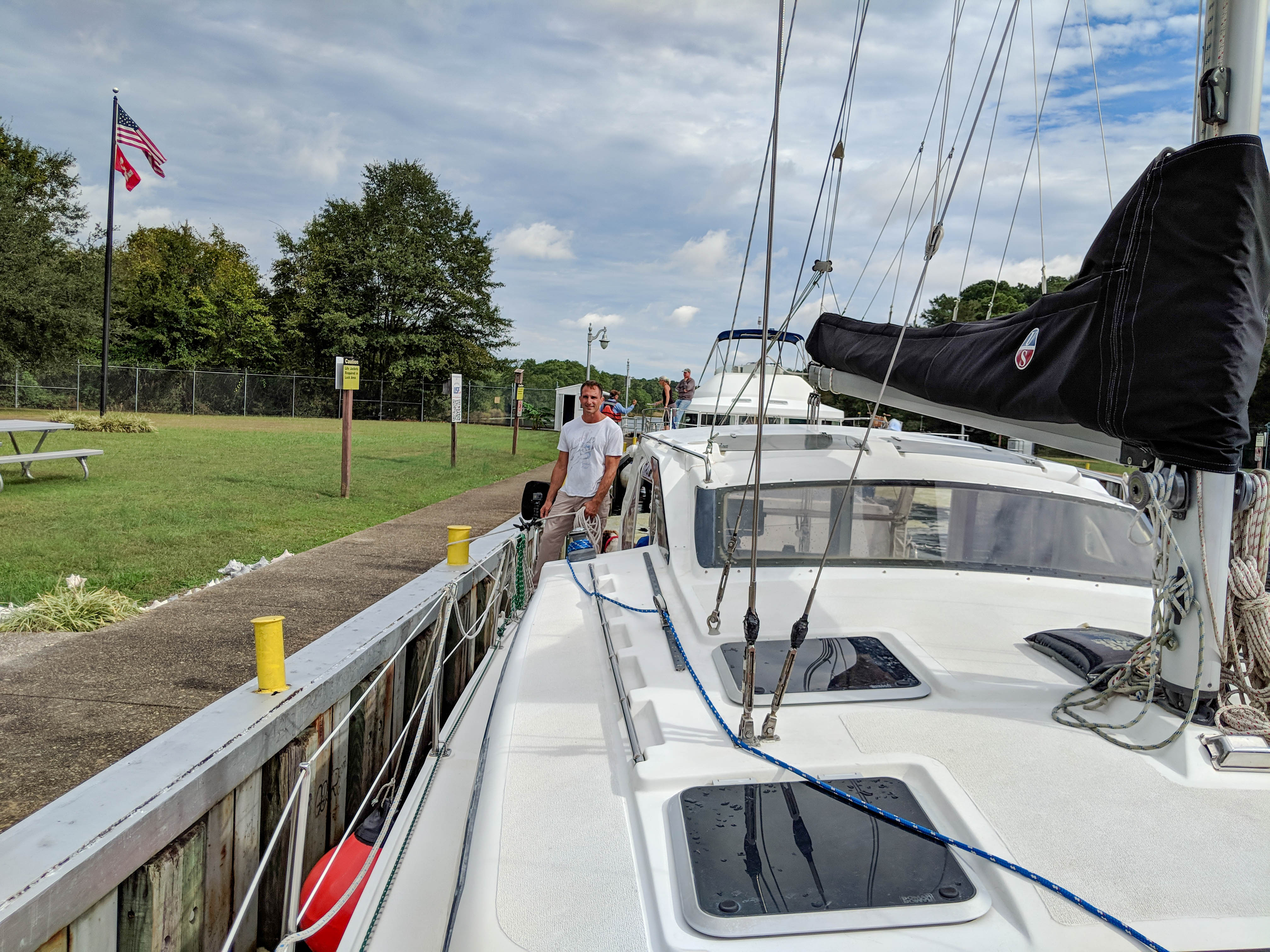
After getting set up on the dock I took Willow out for a needed walk in the park behind the lock. As I was walking a raised up and modified Jeep came rolling up. “Hello!” I heard a familiar voice shout. Robert pulled up and we got to talking. And talking… Robert really is a great guy to “chew the rag” with. We talked about boats, and locks, and dogs, and politics, and the local wildlife, the waterway, kids, women, space travel, electronics and lots of other stuff… After a while Cindy came walking over wondering what the heck had happened to me and after some more rag-chewing, Robert said that we should come over to the lock house right before 8 the next morning for some coffee and danishes. I don’t think I’ve ever met a more genuine and welcoming guy.
After a comfortable night on the dock, the next morning we walked over to the lock house and got more of a glimpse into this interesting guy’s life. Inside, the little house was furnished comfortably. Although he doesn’t live there, he has made the place comfy and his own in the 35 years he has worked as the lock master, maintenance man and groundskeeper. There were a few antique comfy chairs and lots of knick-knacks and artifacts on the walls and on shelves. He disappeared into the little kitchen for a moment and popped back out with coffee and yogurt with granola handing it over and saying “you have to eat this.”
He explained that the antique chair I was sitting on was one of the first Lazy-Boy style recliners. We chatted about the swamp and the journey ahead and from time to time Robert would excuse himself to take care of his lock master duties. There were dozens of dolphin figurines, some photos, books, little wooden boats, shells, lighthouses, the kind of things you see in tourist shops in seaside towns and tropical places. I asked him about all the stuff in there and he explained that “everything you see in here is mine… with the exception of that file cabinet, that desk and this radio stuff over here which belongs to the government.” It didn’t feel like we were visitors in a government building. It felt more like we were guests in Robert’s home. It had a charming, lived-in look and I could tell that our host really, genuinely likes people. I got to thinking about how people come and go and he gets to know them for a few hours, shares some coffee and sends them on their way until a few hours later the next batch of boats come along.
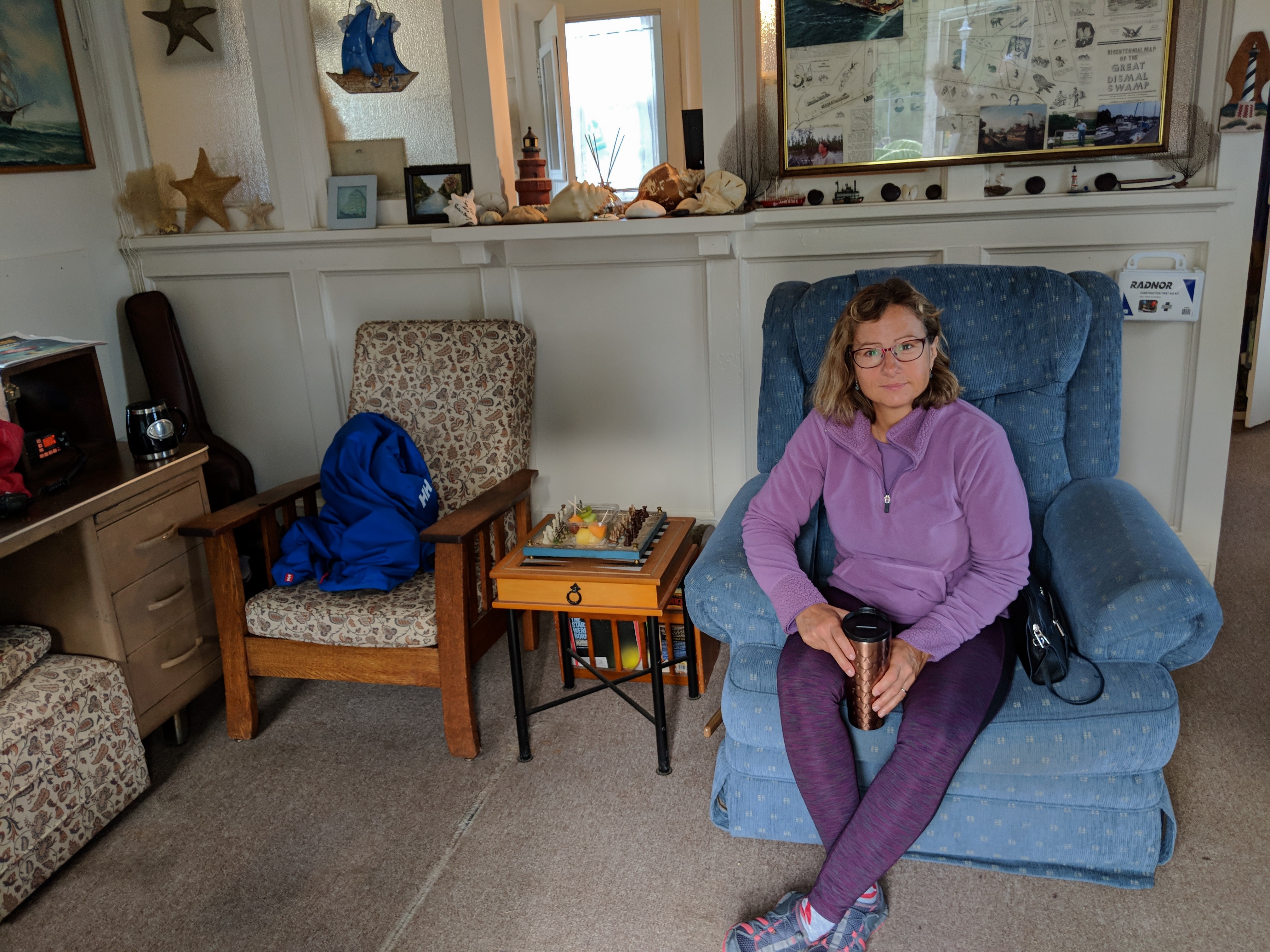
I asked Robert what we could bring him on our way back north and he replied without hesitation “conch shells”. He said that it didn’t matter how they looked or their size but how they sounded because each conch has its own sound and the HE would be the judge of that. With that, he picked up a smallish shell from the collection and began to play it for us. Finishing his little ditty, he tossed it aside into the soil of one of his little gardens and then he told us the story of that particular shell.
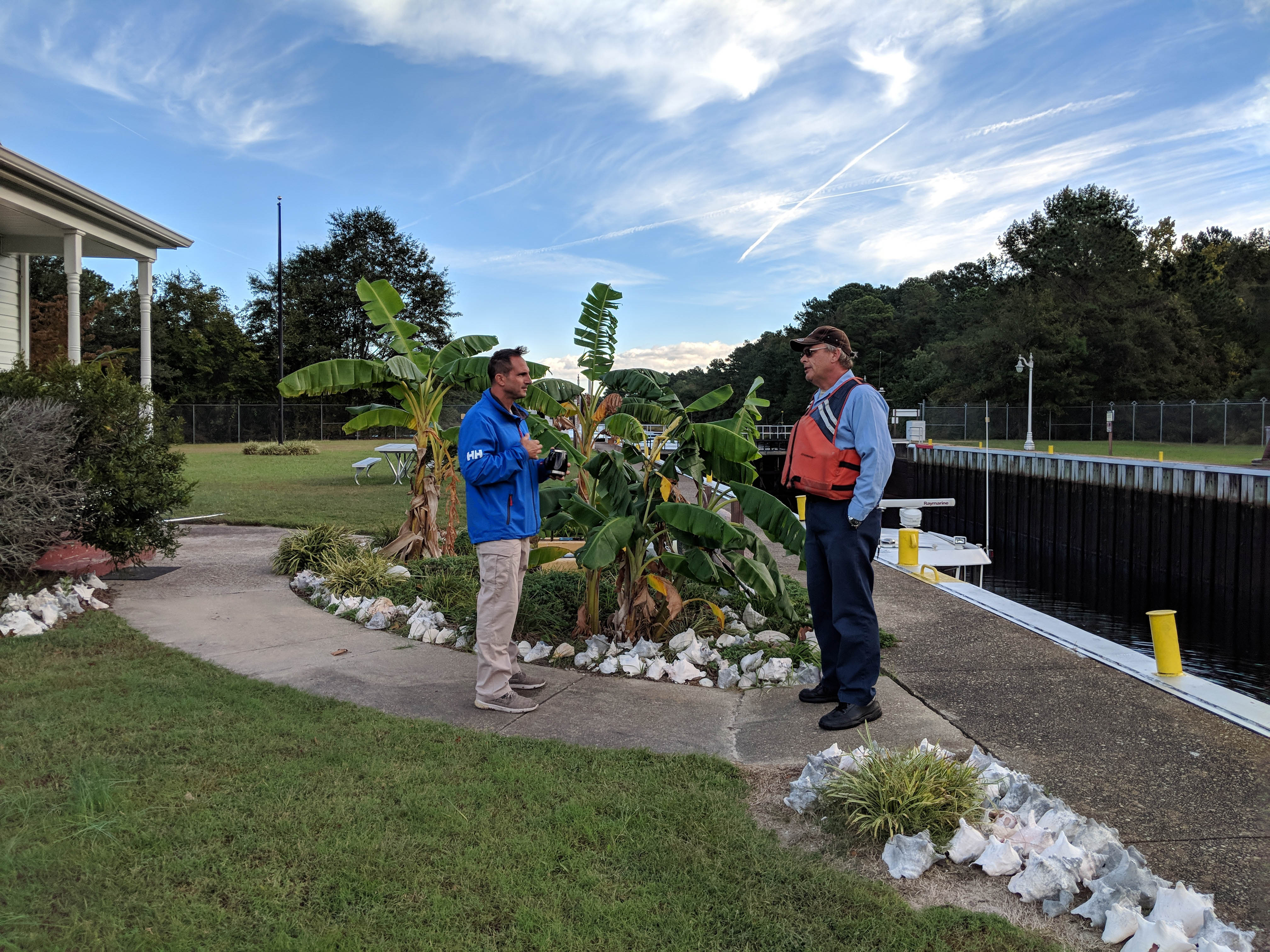
He explained that he’s the youngest child of a large family and that when he was a child, his brother who was much older than him had taken him out diving for conch in the Bahamas. He said, pointing to the little shell he had just played, that they got that shell that day, cooked and ate the conch and left it on an ant-hill to let the ants clean it up for him. He took it home with him and had set it aside. About a year later if I recall correctly his brother was lost in a diving accident. Shortly after that he picked up the shell and began to play it. Just blowing it at first but eventually learning how to play notes and make other more nuanced sounds. I’m sure I’m not getting all the details of this touching story down 100% but this is how I recall it from our brief visit.
I asked him how he could just throw the shell onto the dirt the way he did when there is obviously so much sentimental value. He said “Oh they’re tough. They can take it.”
As we made our way back to the boat, I heard Robert telling the captain of the boat in the lock about Elizabeth’s Dock. “After you exit the lock, immediately on your starboard side — and I do mean IMMEDIATELY you will find Elizabeth’s dock.”
There is something incredibly Zen about Robert’s life that I find fascinating. The boats come, the boats go. The lock opens, the lock closes, the bridge opens, the bridge closes. He said “You have to understand about this job — that’s all it is and that’s all it will ever be.” He seems quite content.
The fact that he is so loved by the cruising community makes total sense to me now after meeting the legendary lock master of the Deep Creek Lock.
